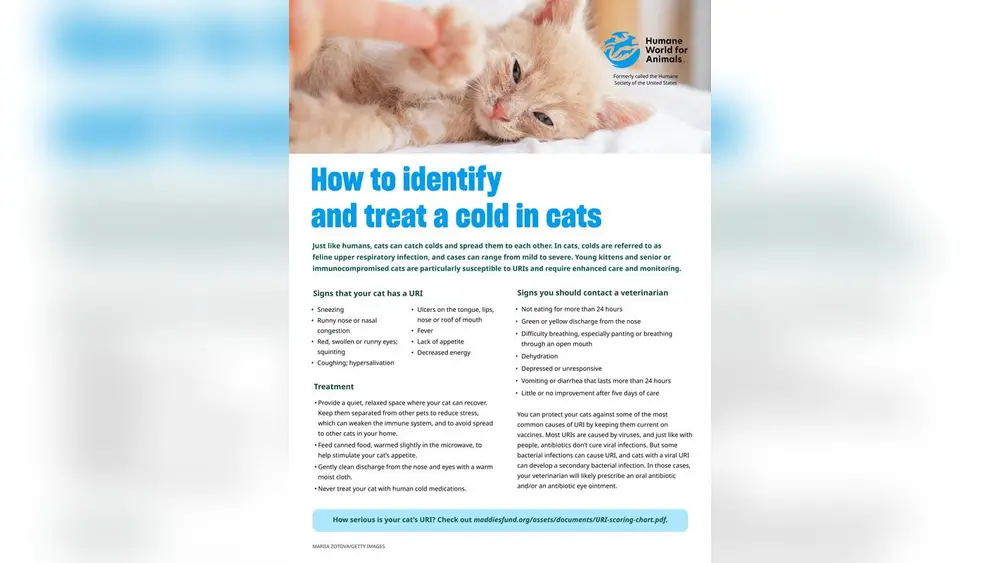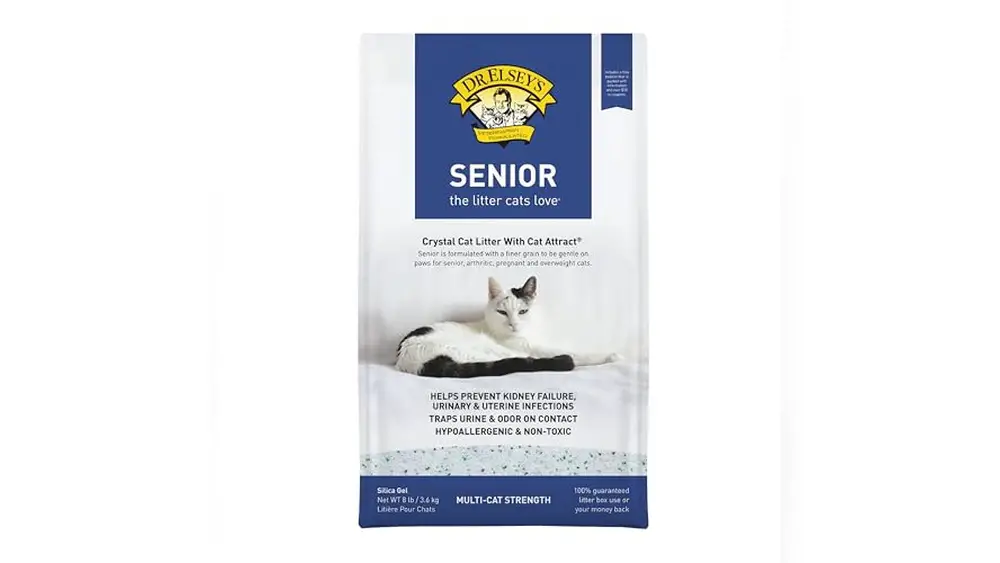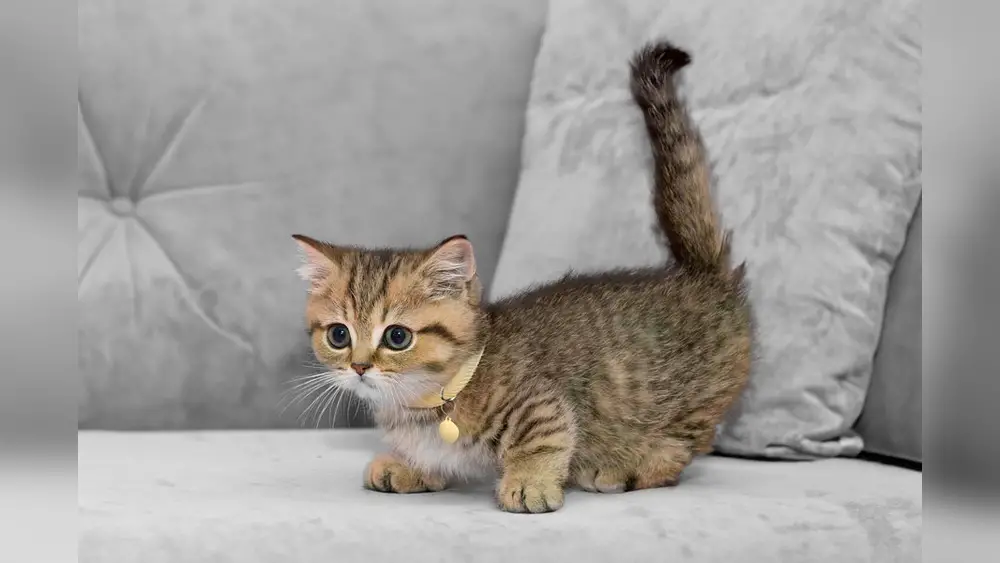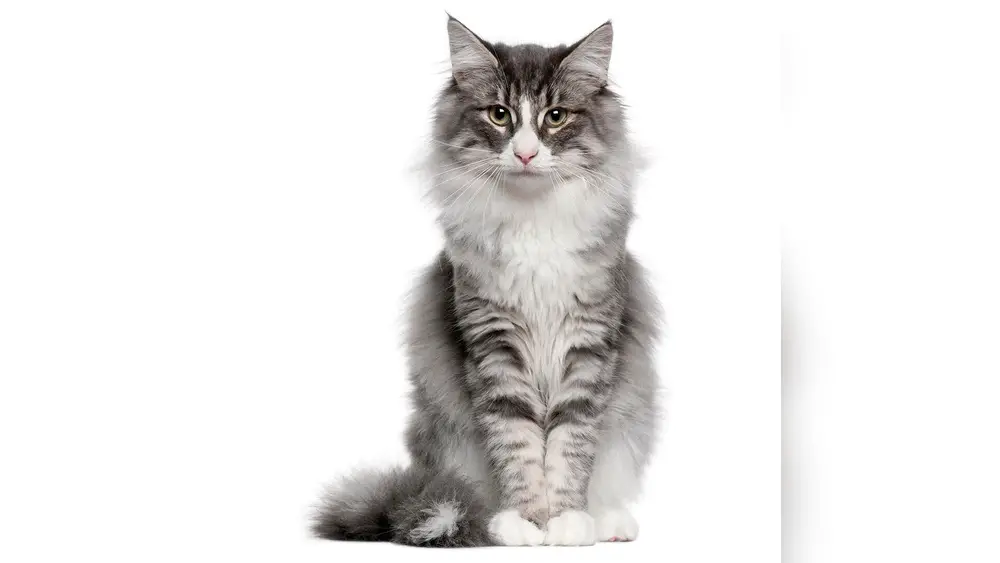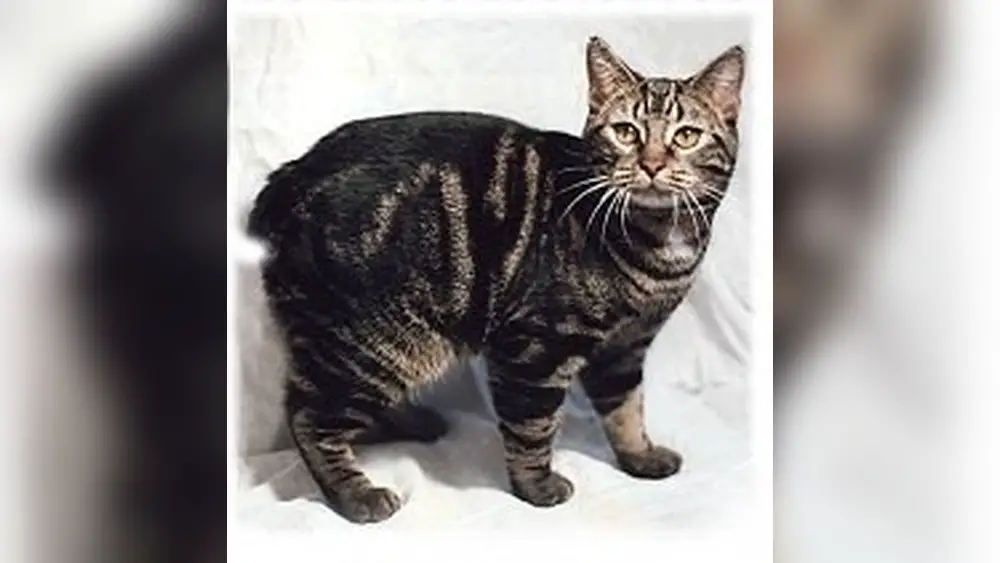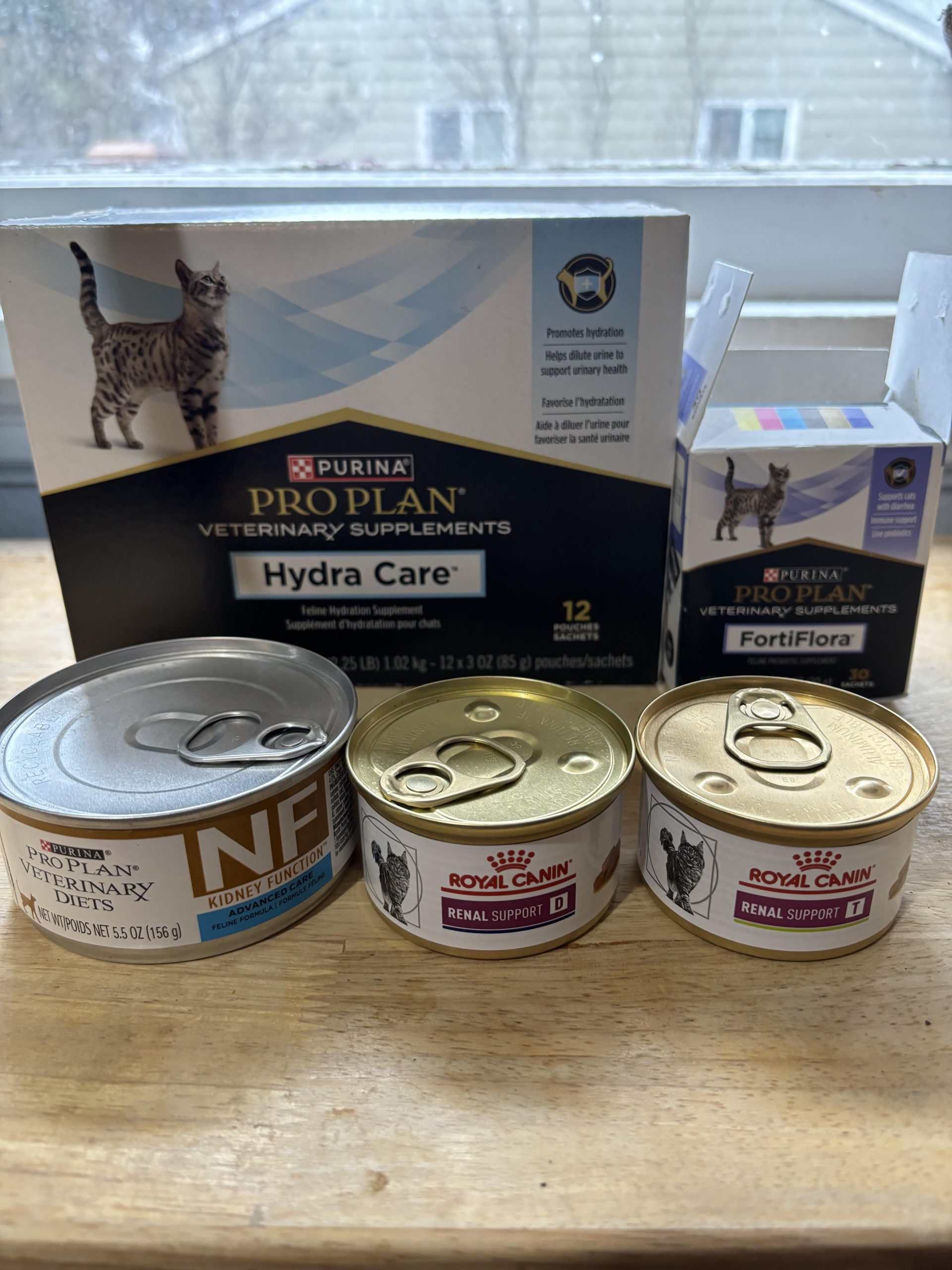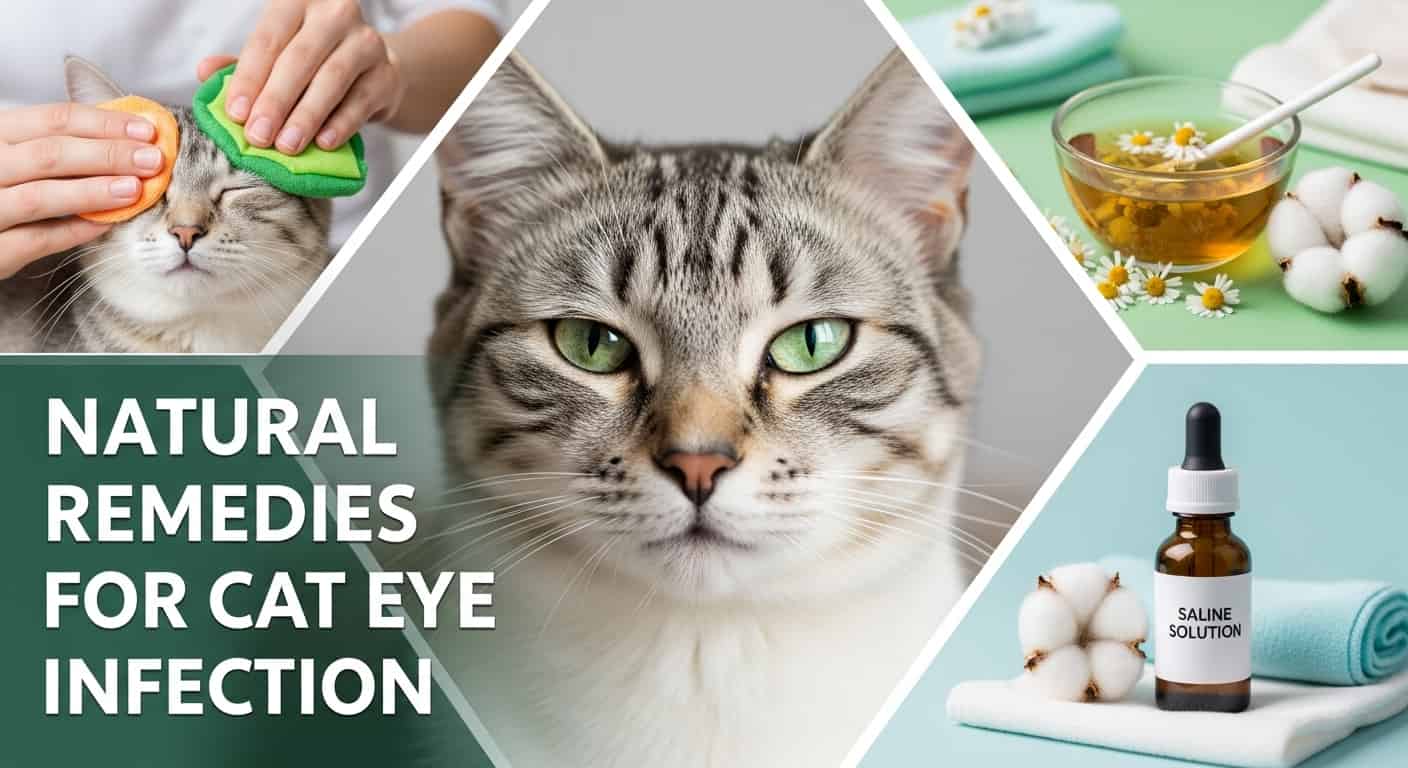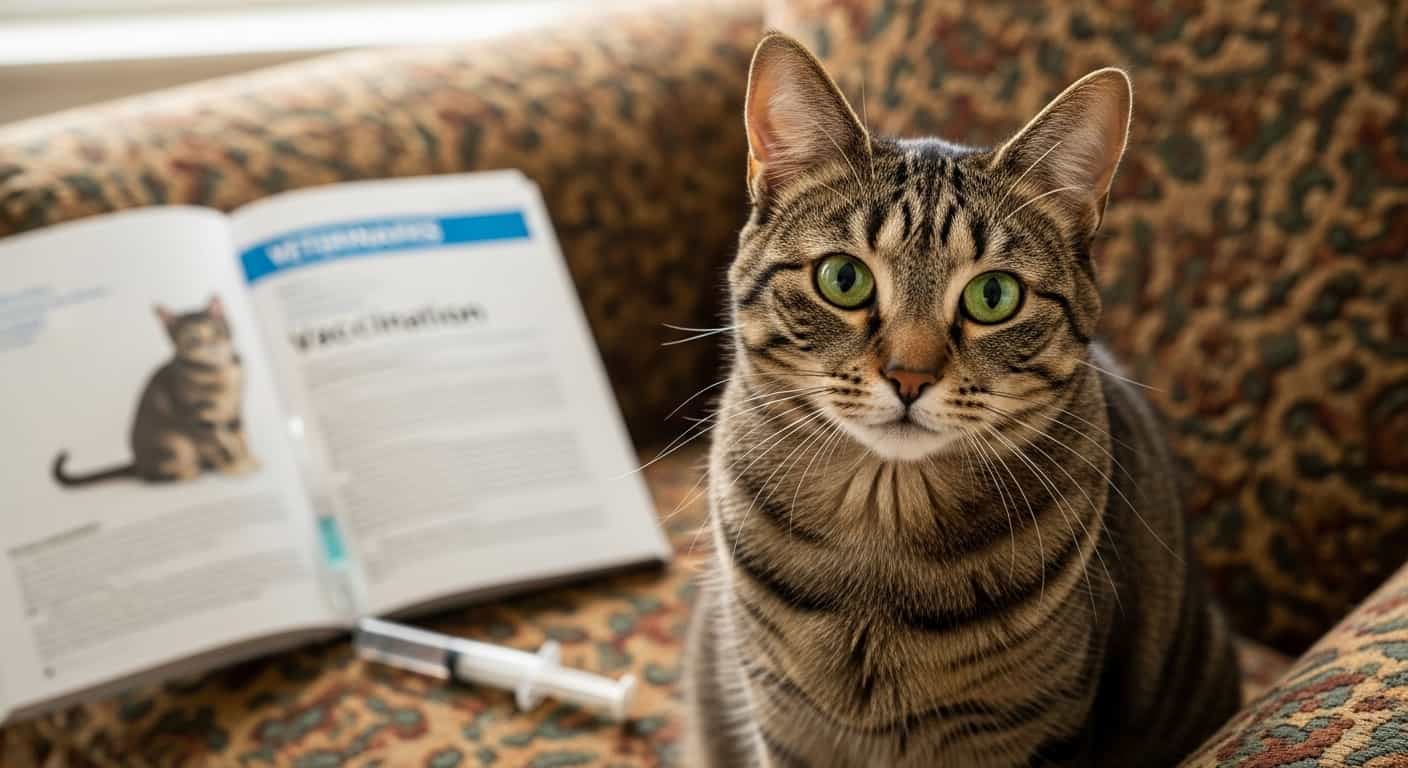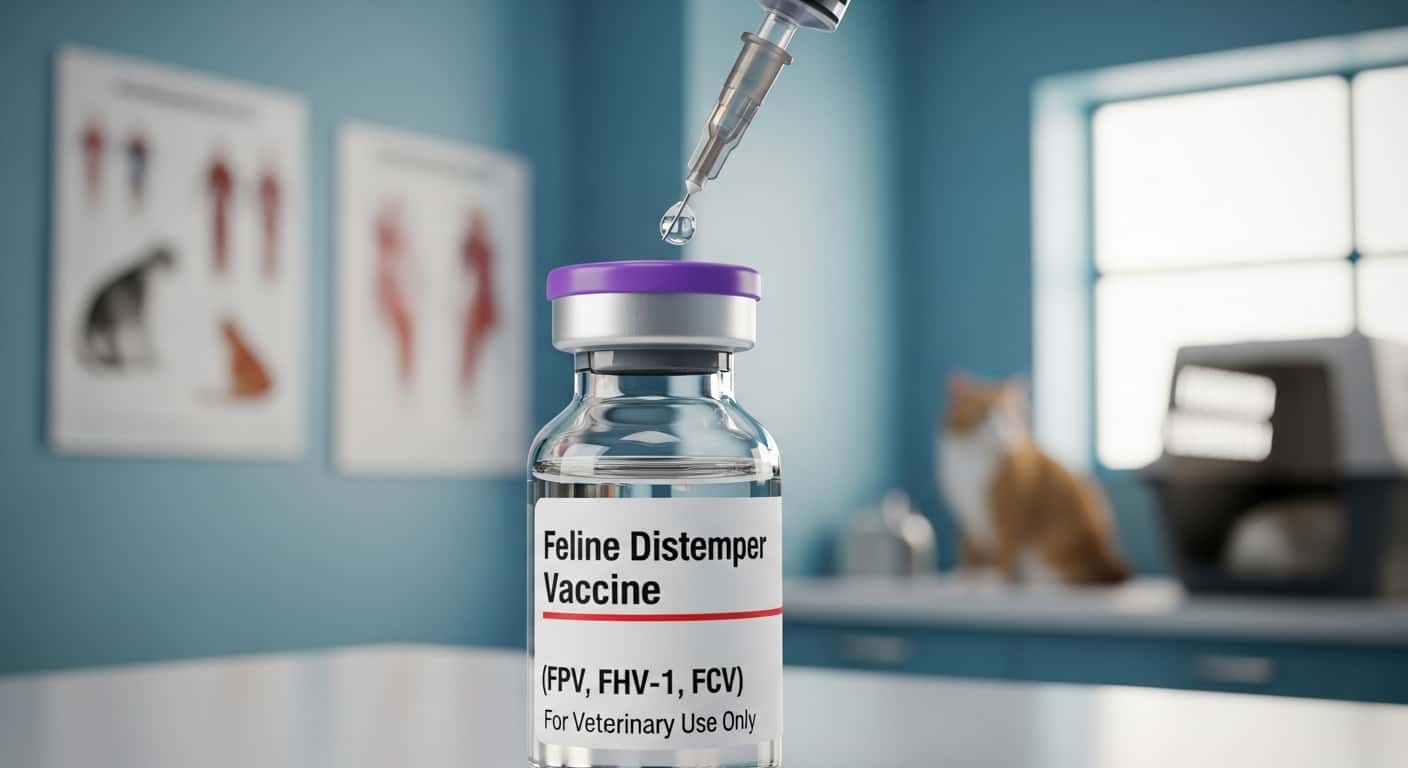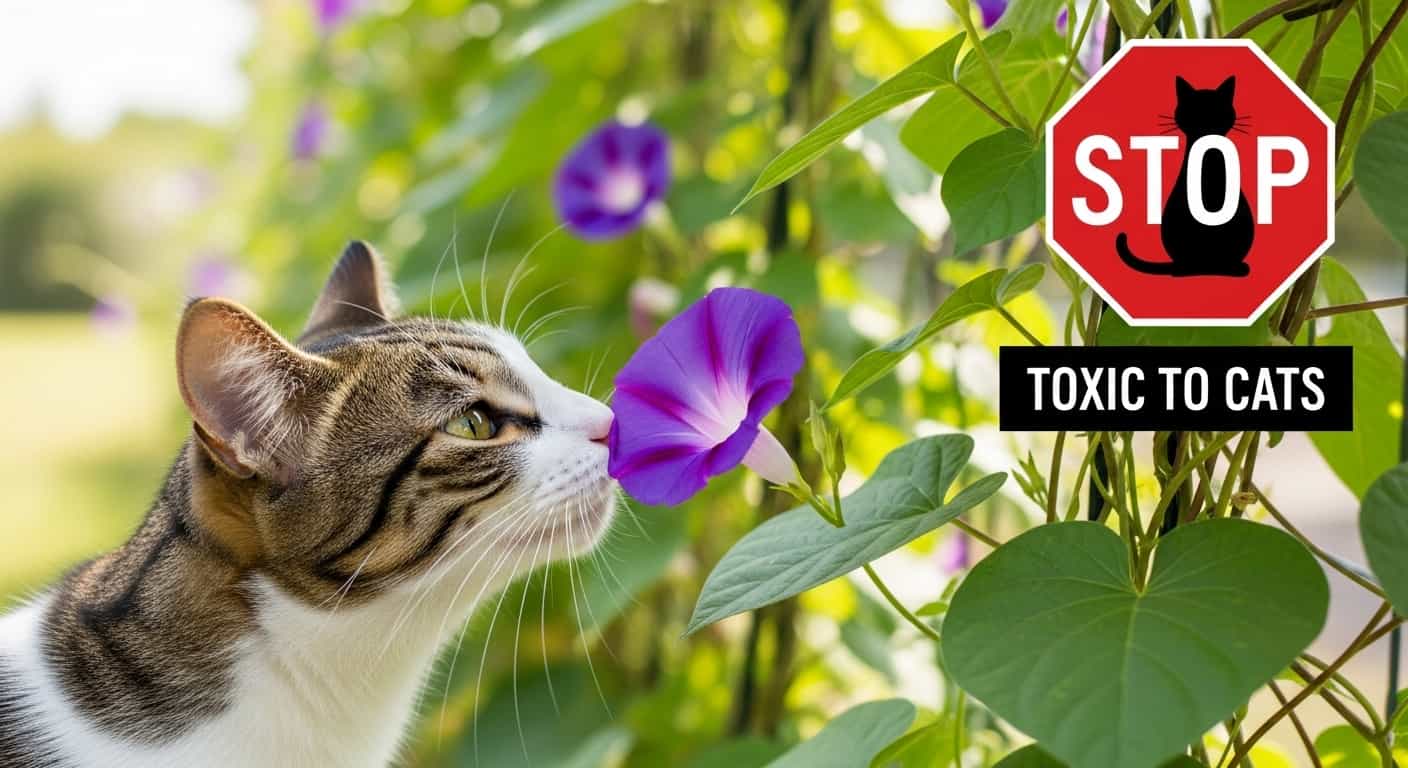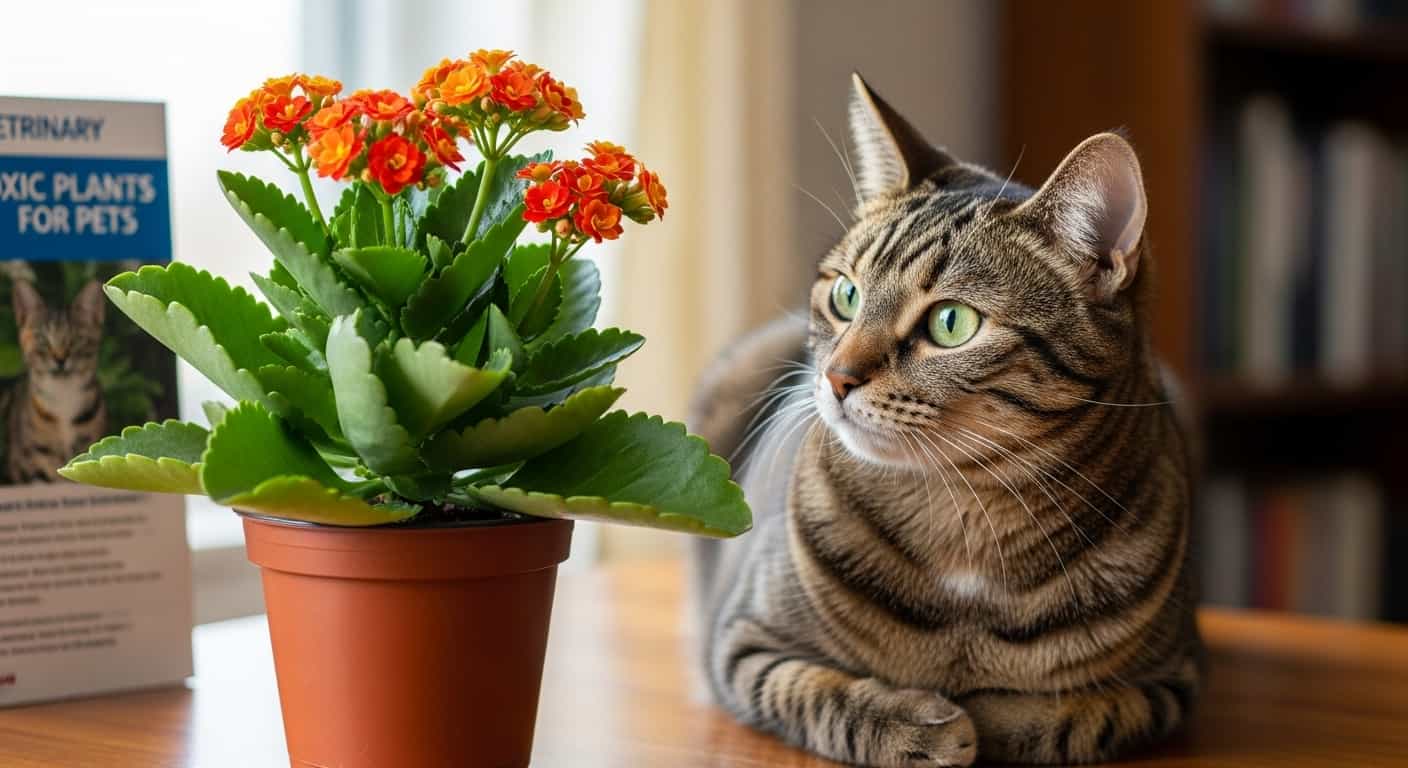Have you noticed your cat acting a bit off lately? Maybe they’re sneezing more than usual or seem less playful.
Table of Contents
ToggleJust like people, cats can catch colds too. Knowing the signs of a cold in cats can help you act quickly and keep your furry friend comfortable. You’ll discover the key symptoms to watch for and what you can do to help your cat feel better fast.
Keep reading—you won’t want to miss these important tips!
Common Cold Symptoms
Colds in cats show several clear signs. Knowing these helps you spot illness early. Watch your cat closely for changes. Early care can ease their discomfort and speed recovery.
Sneezing And Nasal Discharge
Sneezing is a frequent sign of a cat cold. It happens when the nose gets irritated. You might see clear or thick nasal discharge. This discharge can be watery or sticky. It often clogs the cat’s nose, making breathing hard.
Coughing And Throat Irritation
Coughing shows the throat or chest is irritated. Cats may cough softly or with effort. Throat irritation makes your cat scratch or paw at their neck. This sign tells you the cold affects deeper areas than just the nose.
Eye Discharge And Redness
Cold viruses often affect the eyes too. Look for watery or thick discharge from the eyes. Redness or swelling around the eyes is common. Your cat may blink more or keep their eyes half-closed. These signs mean the cold has spread to the eyes.
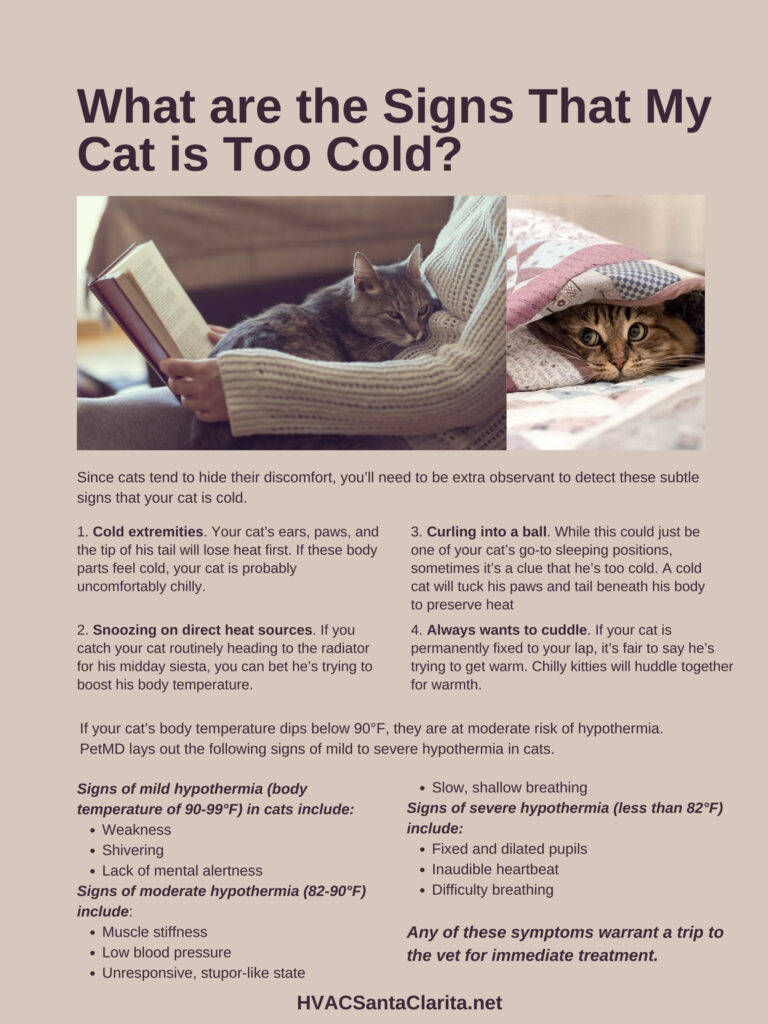
Credit: orthokintrack.com
Behavioral Changes
Cats often show clear behavioral changes when they catch a cold. These changes help owners notice that their pet is unwell. Watching your cat’s normal habits can reveal these signs early. Behavior shifts are some of the first clues a cat may be sick.
Lethargy And Reduced Activity
A cat with a cold usually becomes less active. Playtime may stop. Your cat might avoid jumping or running. It may sit or lie down more than usual. Lethargy shows the cat is low on energy. This is a common sign of illness in cats.
Here's a related post that you might find useful. Normal Blood Sugar Levels for Cats: Essential Guide to Healthy Pets
Loss Of Appetite
Sick cats often eat less. The smell and taste of food might not appeal. Your cat may skip meals or eat smaller amounts. Loss of appetite can lead to weight loss. It is important to notice this early for proper care.
Increased Sleep
Cats with colds tend to sleep more than normal. They may rest in quiet, hidden spots. Sleep helps the body heal and fight infection. Increased sleep is a natural response to illness. Notice if your cat is sleeping much longer than usual.
Physical Signs To Watch
Noticing a cold in your cat starts with watching physical signs closely. Cats cannot tell us how they feel. Their bodies show signs first. Understanding these signs helps you act fast. Early care can prevent serious illness. Watch your cat’s body for changes in temperature, hydration, and breathing.
Fever And Warm Ears
A cat’s normal temperature is about 100.5 to 102.5°F. A fever means the body fights infection. Warm or hot ears may show a fever too. Touch your cat’s ears gently. If they feel hotter than usual, check for other signs. A fever often comes with lethargy or loss of appetite. These signs together suggest your cat might be sick.
Dehydration Indicators
Dehydration is common in cats with colds. Signs include dry gums and sunken eyes. Gently pinch the skin between the shoulder blades. If it stays up instead of returning quickly, dehydration may be present. Cats with colds might drink less water. Watch for these signs and encourage fluids. Dehydration can worsen a cat’s condition quickly.
Breathing Difficulties
Cold symptoms often affect breathing. Watch for coughing, sneezing, or wheezing sounds. Rapid or labored breathing is a warning sign. Your cat may breathe with the mouth open, which is unusual. Breathing problems need prompt attention. They can indicate a more serious infection or blockage. Keep your cat calm to avoid stress on the lungs.

Credit: entre-couette-et-bulles.com
Here's a related post that you might find useful. Why Do Single Women Have More Cats? Psychology Revealed
When To See A Vet
Knowing when to see a vet is crucial for your cat’s health. Some cold symptoms can be mild and clear up quickly. Others may signal a serious problem that needs medical care. Early treatment helps your cat recover faster and avoids complications.
Prolonged Symptoms
If your cat’s cold symptoms last more than 10 days, it is time to visit the vet. Persistent sneezing, coughing, or nasal discharge could mean the infection is not healing. A vet can check for underlying issues and provide the right treatment.
Severe Breathing Issues
Difficulty breathing is a serious sign. Open-mouth breathing, gasping, or wheezing needs immediate veterinary attention. Breathing problems can worsen quickly and become life-threatening without care.
Signs Of Secondary Infection
Watch for swelling around the eyes, face, or mouth. Yellow or green discharge and fever suggest a secondary infection. Secondary infections need antibiotics and professional treatment to prevent harm.
Preventive Measures
Preventing colds in cats is easier than treating them. Taking simple steps helps keep your cat healthy and happy. These measures reduce the chance of infections and improve your cat’s well-being.
Maintaining Clean Living Spaces
Clean spaces stop germs from spreading. Wash your cat’s bedding regularly. Vacuum areas where your cat spends time. Clean food and water bowls daily. A tidy home lowers the risk of colds.
Boosting Immune Health
A strong immune system fights viruses better. Feed your cat a balanced diet with vitamins. Fresh water is important for health. Avoid stress, as it weakens immunity. Regular play and rest keep your cat strong.
Vaccination Importance
Vaccines protect cats from common viruses. Talk to your vet about the right shots. Vaccination lowers the risk of severe illness. Keep vaccination records updated. Vaccines are a key part of cat health care.
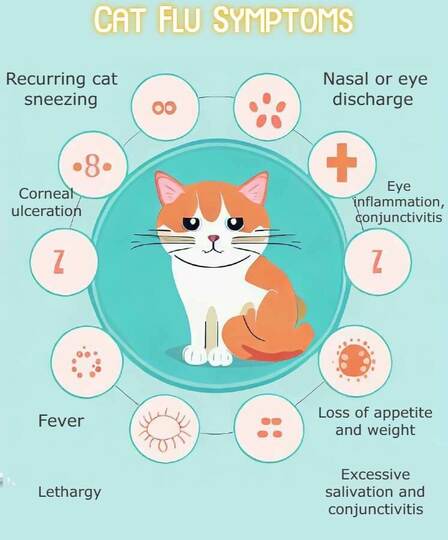
Credit: www.golfsouthayrshire.com
Frequently Asked Questions
What Are Common Signs Of A Cold In Cats?
Common signs include sneezing, coughing, nasal discharge, watery eyes, and lethargy. Cats may also lose appetite and show mild fever. These symptoms indicate an upper respiratory infection, often caused by viruses or bacteria.
How Can I Tell If My Cat Has A Cold?
Look for frequent sneezing, nasal congestion, and discharge from eyes or nose. Your cat might also seem tired or eat less. These signs typically suggest a feline cold or respiratory infection.
When Should I See A Vet For My Cat’s Cold?
Visit a vet if symptoms worsen, such as difficulty breathing, high fever, or persistent coughing. Also seek help if your cat stops eating or drinking. Early treatment prevents complications.
Can Cat Colds Be Contagious To Other Pets?
Yes, cat colds are contagious to other cats but rarely affect dogs or humans. Keep sick cats isolated to prevent spreading infections within multi-pet households.
Conclusion
Cats show clear signs when they catch a cold. Watch for sneezing, coughing, and watery eyes. A runny nose or loss of appetite also hints at illness. Early care helps your cat feel better fast. Keep your pet warm and comfortable.
If symptoms last long or worsen, visit a vet. Knowing these signs protects your furry friend. Stay alert and care with love. Healthy cats are happy cats.

